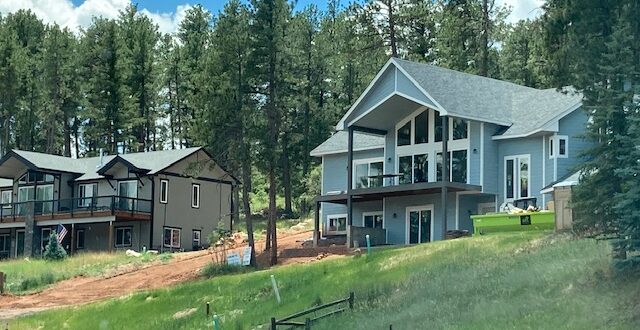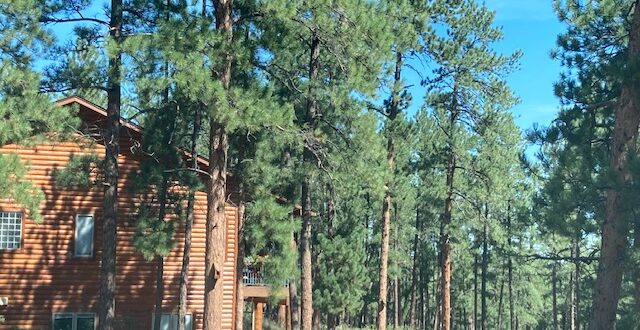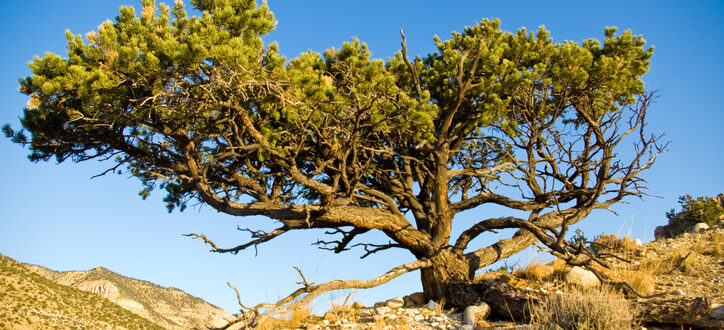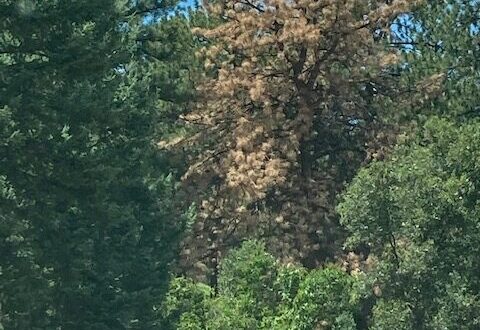Lodgepole pines are not to be confused as ponderosa pines. Yes, they are both a type of pine tree, but they offer different benefits to the wildlife out there. The lodgepole pine is very common throughout the western United States and Canada. Lodgepoles grow tall and straight. The bad news for fire survival is that they have thin barks and shallow roots. This leads to them being more susceptible of death when it comes to fires spreading. And we all hear on the news about wildfires each summer. The Adaptation of Lodgepoles Over the Years All trees in the area have evolved in their own way. Lodgepoles have adapted so that they burn every 200 years or so. This helps
(719) 400-9104
office@coloradomastication.com
The Colorado State Forest Service keeps an eye on all problems related to the Colorado forests. The best way to do that is to split the forests into four sections, as there are some slightly different issues among the areas. In Northeast Colorado, there are three mean health issues for the CSFS to look out for. The biggest issues of them all are linked to pests in the area. Drought Causes Stress to Trees One of the biggest issues right now, which leads to other issues, is drought stress. The persistent drought conditions in the state have led to a decline in healthy and living trees. The CSFS has noticed that low elevation trees are among the most affected, including
Submit estimate request for fire mitigation in Cripple Creek. Phase 3 of fire mitigation isn’t just another zone on your land. This part is maintenance to ensure all the work you’ve done through the first two phases remain strong. If you do have a third zone on your property (not everyone does depending on acreage), then this phase will also cover that. If you have so much land that you have Zone 4, you’ll go into that section during this phase of fire mitigation. Why Phase 3 of Fire Mitigation Is Important You’ve just completed Phases 1 and 2 of fire mitigation. Right now, they look good, but what about in two- or three-years’ time? There will be a few
For fire mitigation in zone 1 and 2 on your property in Manitou Springs, give Colorado Mastication a call (719)400-9104. After you’ve done your fire mitigation work in Zone 1, it’s time to focus on Zone 2. You can also work on the inner parts of Zone 3. This is all part of Phase 2 of fire mitigation. This phase will also include some follow-up work in the first zone of land. However, the main focus is on the area 30 to 200 ft from your home. Thinning the Forest The first part of this phase is thinning the forests. You’ll need to create breaks in the canopy, and you’ll want to remove the trees that are more likely to
Submit an estimate request for a free estimate on creating firebreaks on you property. Fuelbreaks and firebreaks can be created in any zone. You’re likely to see them in Zones 2 and 3, which means there is a lot of work you could potentially do. The great news is these breaks require little effort on your part. Zone 3 is one the most important areas you’ll want to concentrate on. You’ll follow the tips for Zone 2 to create a defensible space to slow down the risk of wildfires. Creating a Shaded Fuelbreak in Zone 3 If your land is more than an acre wide, you’ll fall into Zone 3. This will often have some roads or trails running through,
For a free estimate on new home fire mitigation, call (719)400-9104. Whether you’re buying or building a home, you’ll need to consider the risks of wildfires in the area. This isn’t just about current risks, but the wildfires that have happened in the past in the region. Your insurance agent will have a lot of questions if you are in an area that’s considered high-risk for wildfires, and you’ll just want to know details for your own safety. What’s the Response Rate for Firefighters Fires can happen for all sorts of reasons. Some are natural, as wildfires are necessary for the health of some trees and forests. However, many others are due to people or because of faulty wiring. You
For a free quote on fire mitigation in Palmer Lake, Call or text Colorado MAstication at (719)400-9104. There are multiple stages to fire mitigation. Phase 1 is the most important, with around 70% of your effort focused on Zone 1. The remaining 30% of your effort in this phase is going to be on Zone 2. The time this phase actually takes will depend on a number of factors, including the time you have available and the state of the area when you first start. For some people, it will take a weekend, but for others it can take a few weeks due to the state of the property when you initially buy it. There are some tough decisions during
Dwarf mistletoe is an invasive weed that needs tackling right away. The sooner you catch it, the more chance you have of saving the tree as a whole. The benefit is the mistletoe affects branches, so you can cut off the infested branches to save the rest of the tree. How Mistletoe Kills Trees Mistletoe is a parasitic plant. It will steal all the food and water going to the tree. This prevents the trees getting the nutrients going to the tree, leading to them dying. The good news is mistletoe is slow moving unlike beetles. You have time to tackle the infestation without completely losing the trees. The problem is that the weed can end up spreading far away
For thinning of pinyon or juniper woodlands, give Colorado Mastication a call at (719)400-9104. In the Four Corners region of the southwest of Colorado, you’ll see a lot of pinyon pines and juniper trees. You’ll see the pinyon pines around the higher elevations for the most part. Meanwhile, the junipers prefer the lower elevations as they are more tolerant of drought conditions. Before we had to look at ways to supress fires due to the increase in wildfires, there wouldn’t be too many of the trees in one area. Now, we tend to find pinyons and junipers create a closed canopy and the woodlands are becoming denser. This is a problem. Trees Are Taking Over the Areas Low-intensity fires are
For estimate on fire mitigating beetle killed trees, you can reach us at (719)400-9104.3 While wildfires are a risk, they become more of a risk due to pests and disease. Beetle killed trees are a growing concern around Colorado, with bark beetles being the most common pest problem. Bark beetles have been responsible for the death of multiple forest areas. This spread is exponential if not controlled because the beetles don’t care about the trees—they just want a home and food. Drought-stressed trees are most at risk as they don’t have as much pitch, the main defense against beetles. Knowing a Tree Is Affected by Beetles You want to protect a tree as soon as possible. If you’re seeing the







